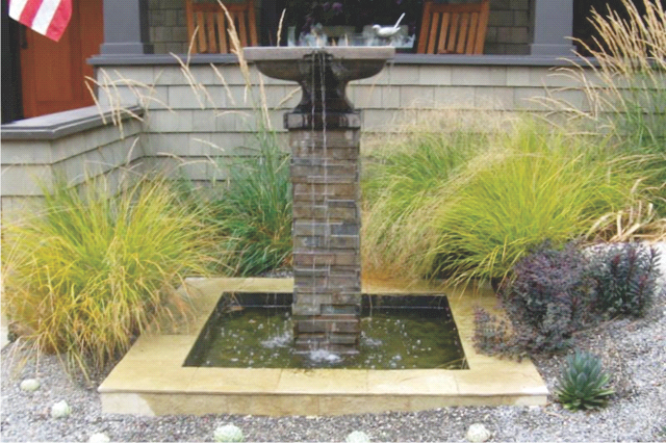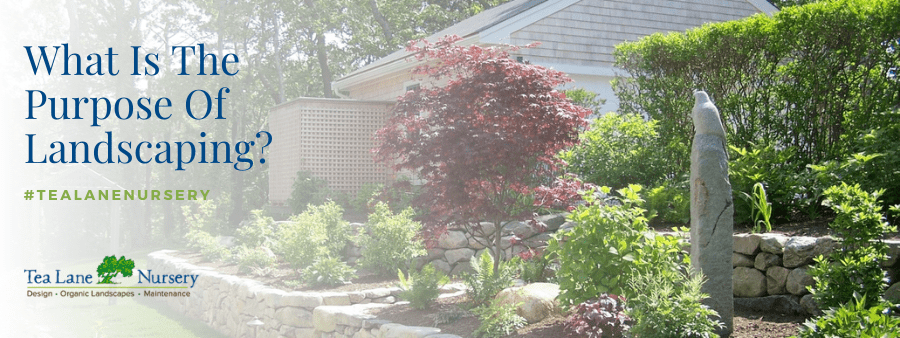The smart Trick of Hilton Head Landscapes That Nobody is Talking About
The smart Trick of Hilton Head Landscapes That Nobody is Talking About
Blog Article
Fascination About Hilton Head Landscapes
Table of ContentsAll about Hilton Head LandscapesThe Best Strategy To Use For Hilton Head LandscapesFacts About Hilton Head Landscapes UncoveredSome Known Details About Hilton Head Landscapes Some Known Details About Hilton Head Landscapes The smart Trick of Hilton Head Landscapes That Nobody is DiscussingA Biased View of Hilton Head Landscapes3 Simple Techniques For Hilton Head Landscapes
Type compatibility is likewise a major element of unity in designone or 2 strikingly different types are great for contrast and emphasis, but typically all other forms need to have some similarities for a combined look. Texture describes exactly how rugged or fine the surface of the plant or hardscape material feels and/or looks.
Instances of plants with coarse texture include philodendrons, agaves, bromeliads, hollies, hands, and hydrangeas. Hardscape with coarse appearance consists of rough-cut stone, rough-finished block, and unfinished wood with knots and a raised grain. Matured or old building and construction material that preserves a weather-beaten surface area is commonly coarse in structure. Attributes that produce fine appearance include little vegetation; slim, strappy fallen leaves (lawns) or tall, slim stems; small, thick branches and small branches; long stems (vines); and small, fragile flowers.
The Main Principles Of Hilton Head Landscapes
The majority of plants are medium structure, in that they can not be called having either rugged or great texture. They are characterized by medium-sized fallen leaves with straightforward forms and smooth edges. The average-sized branches are not largely spaced nor commonly spaced, and the total form is normally rounded or mounding. Medium-textured plants function as a background to web link and link the rugged- and fine-textured plants.

To make an area feel smaller, put the rugged structures along the outer boundary and the fine structures closest to the viewer. The detail of the rugged structure makes the plants appear closer and makes the space feel smaller. The perceived appearance of plants can also change with the distance from the plant.
Fascination About Hilton Head Landscapes
Vibrant shades boost the contrast and make the texture appear coarser, while low-key colors can flatten texture. Hardscape with a crude texturesuch as really rough rocks and bold, huge timberstends to make all plant product appear more moderate distinctive. Designers frequently establish a structure research (Number 8) theoretically to help determine the plan of plant materials.
Color in plant material and hardscape includes rate of interest and selection to the landscape. Color is the most conspicuous aspect in the landscape and is typically the emphasis of most property owners; nonetheless, it is also the most short-lived aspect, usually lasting only a couple of weeks a year for individual plants.
The Main Principles Of Hilton Head Landscapes
A basic summary of the you can try this out shade wheel consists of the 3 main colors of red, blue, and yellow; the three additional shades (a mix of 2 primaries) of green, orange, and violet; and six tertiary colors (a mix of one surrounding key and second shade), such as red-orange. Color theory discusses the relationship of shades to every various other and exactly how they need to be made use of in a make-up.

Similar (occasionally called unified) color design are any type of 3 to 5 shades that are surrounding on the shade wheel, such as red, red-orange, orange, yellow-orange, and yellow, or blue, blue-violet, and violet (landscapers hilton head island). The colors are related to each various other since they typically consist of 2 primaries blended to form a secondary and 2 tertiary shades, which suggests they share usual homes
They tend to have high contrast between them. One of the most usual sets are violet and yellow, red and green, and blue and orange. Corresponding colors are commonly discovered normally in flowers; a common set is yellow and violet. Shade is located in the flowers, vegetation, bark, and fruit of plants.
Hilton Head Landscapes - Questions
Environment-friendly foliage in all its numerous shades is the leading color by amount, however other colors catch attention extra readily due to their high contrast to the shade environment-friendly. Color is likewise discovered in structures, rocks, pavers, wood, and furniture. Many colors in natural materials, such as stone and timber, are generally muted and have a tendency to be variants of brown, tan, and pale yellow.
Shades have residential properties that can impact feelings, spatial understanding, light high quality, balance, and emphasis. Cool colors tend to be calming and should be made use of in locations for leisure and calmness.
The 6-Minute Rule for Hilton Head Landscapes
The "temperature" of colors can additionally affect the perception of distance. Trendy colors often tend to recede and are regarded as being farther away, making a room really feel larger. Cozy shades often tend to breakthrough and are viewed as being more detailed, making a space really feel smaller. Shade can also be utilized to capture interest and direct views.
Brilliant yellow, which has the highest possible strength, also has a high comparison with all various other colors (usually described as a "pop" of color) and need to be used sparingly. A tiny quantity of intense color has as much visual weight as a big quantity of an extra suppressed or weak shade.
Analogous (in some cases called unified) color pattern are any three to 5 shades that are surrounding on the shade wheel, such as red, red-orange, orange, yellow-orange, and yellow, or blue, blue-violet, and violet. The shades belong to every other since they generally include two key shades blended to develop an additional and 2 tertiary colors, which implies they share usual residential properties.
Some Known Factual Statements About Hilton Head Landscapes
Complementary shades are typically found normally in blossoms; a common set is yellow and violet. Shade is located in the flowers, vegetation, bark, and fruit of plants.
Green vegetation in all its different tones is the dominant color by quantity, but other colors capture interest extra readily due to their high comparison to the color environment-friendly - bluffton landscaping - https://hilton-head-landscapes-46665114.hubspotpagebuilder.com/blog/transform-your-outdoor-space-with-hilton-head-landscapers. Shade is also discovered in buildings, rocks, pavers, timber, and furnishings. Most colors in natural materials, such as rock and timber, are typically soft and often tend to be variants of brown, tan, and pale yellow
The Buzz on Hilton Head Landscapes
Colors have properties that can affect feelings, spatial perception, light high quality, equilibrium, and emphasis. Trendy shades tend to be soothing and ought to be used in locations for leisure and serenity.
Trendy colors have a tendency to recede and are perceived as being farther away, making a room feel larger. Color can also be utilized to record attention and straight sights - https://trello.com/w/h1tnhdlndscps.
As an example, bright yellow, which has the highest possible intensity, likewise has a high comparison with all other colors (frequently referred to as a "pop" of shade) and need to be conserved. A small quantity of intense color has as much aesthetic weight as a huge quantity of a more restrained or weak shade.
Report this page